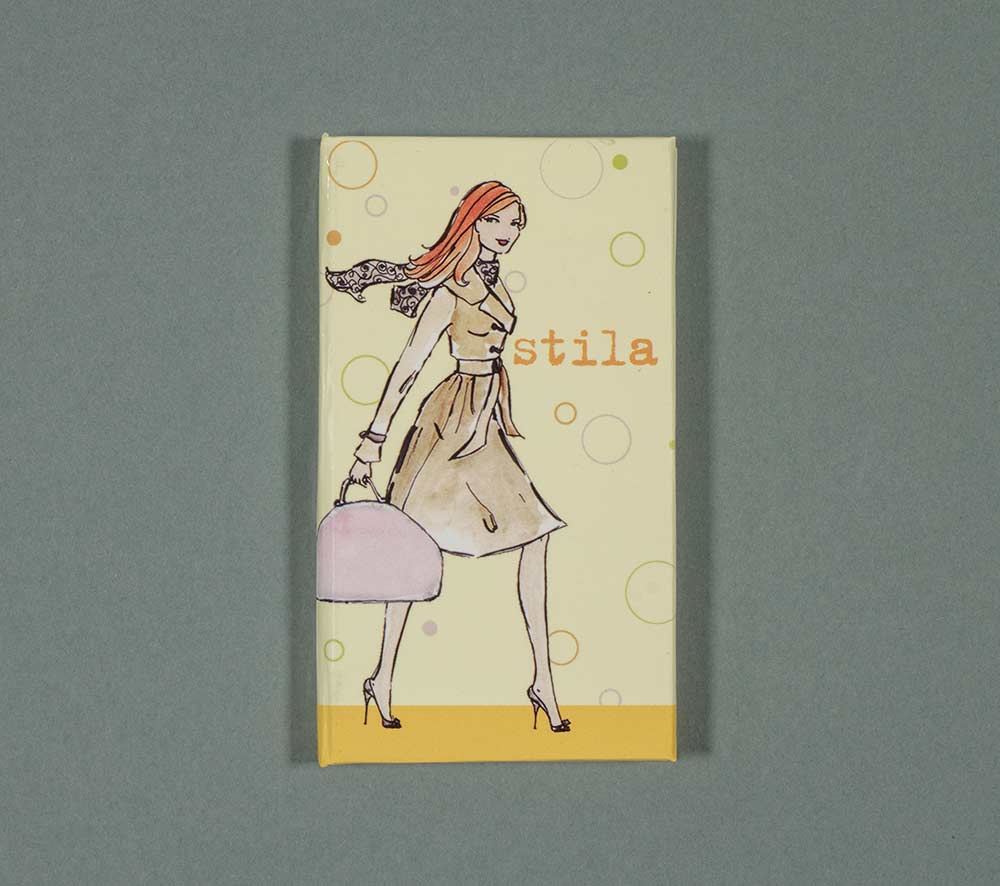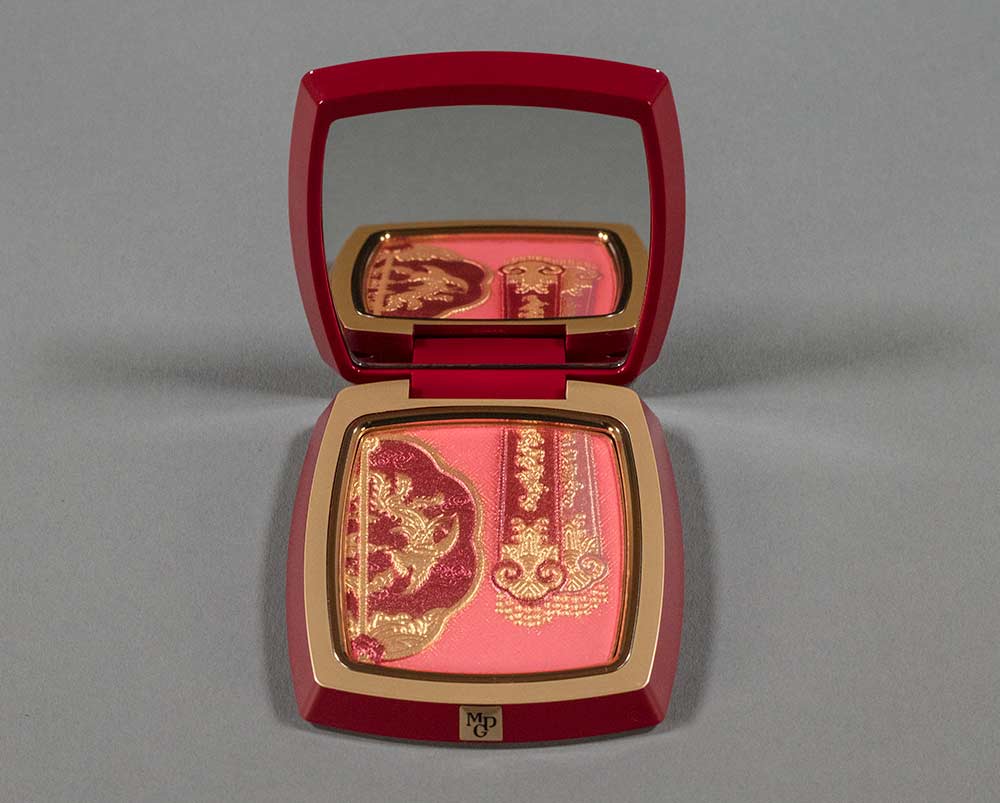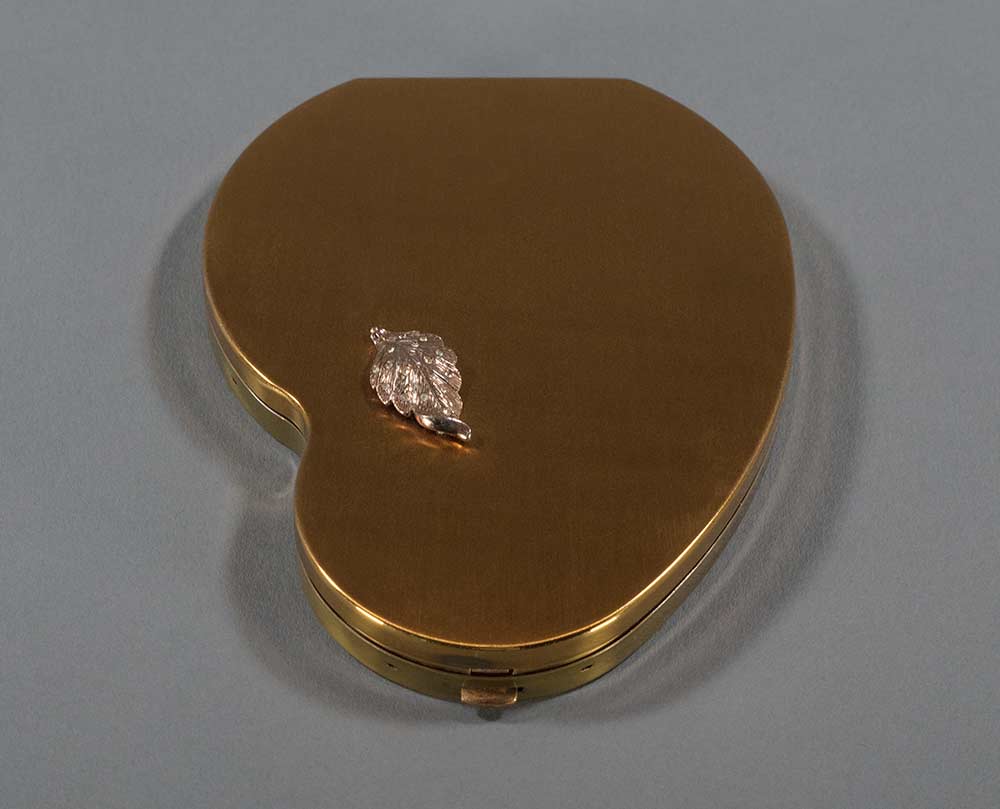Collection
The Makeup Museum’s collection contains over 2,700 objects from the late 19th century through the present year, and eventually will incorporate artifacts dating prior to the 1800s. From renowned and iconic vintage objects to unique contemporary pieces, the Museum is home to an eclectic, one-of-a-kind collection that spans all categories of makeup and related memorabilia from all over the globe.
The Makeup Museum recognizes there are artifacts in the collection containing racist, sexist, Eurocentric, ableist, or homophobic language or depictions that do not reflect the Museum’s current views and values. Makeup is not exempt from beliefs or practices harmful to traditionally marginalized groups; on the contrary, it has a long history of actively promoting unrealistic beauty standards and contributing to offensive stereotypes. We feel it is necessary to educate the public about the ugly side of beauty, and we endeavor to sensitively address the oppression and injustice that is inseparable from makeup’s history in our artifact descriptions. If you would like to learn more about these efforts or if you would like to provide feedback on how some artifacts could be presented in a more empathetic and honest way, please contact us.
Collection Digitization
The Makeup Museum is in the process of digitizing its collection of nearly 3,000 artifacts. Each piece is being documented and photographed to capture the intricate details that make these artifacts remarkable.
The collection will also be fully searchable and sortable, making it easy to find a specific artifact and view objects from a particular category or time period.
over 2,700 objects dating back to the late 19th century
2,700
Collection Highlight
Overton’s
Face Powder boxes
Overton’s High Brown was one of the first face powders for Black women on the market, if not the first, introduced around 1900. Unlike other powders for Black women at the time, High Brown was not overtly marketed as a lightening powder. Overton noted a blank space was reserved on the boxes for a photo of the most beautiful Black woman in the U.S. thereby allowing customers to imagine themselves as that woman. The shade range expanded over time; the square box in this photo dates to the 1940s and lists olive-tone and nut brown in addition to the original colors, and in the ’50s Overton’s son Everett introduced several additional (deeper) shades of High Brown to better accommodate Black women’s needs. With the rise of other lines formulated for Black customers in the ‘60s and ’70s, High Brown was phased out by the early ’80s. However, the product remains one of the most important contributions to Black beauty history.
Sneak Peek
Collection digitization will make it accessible to enthusiasts, researchers, and historians around the world. Visitors will be able to explore the Makeup Museum’s unique pieces online entirely for free, gaining insight into the evolution of beauty standards, packaging design, and cosmetic innovation throughout history. Below is a sneak peek.




